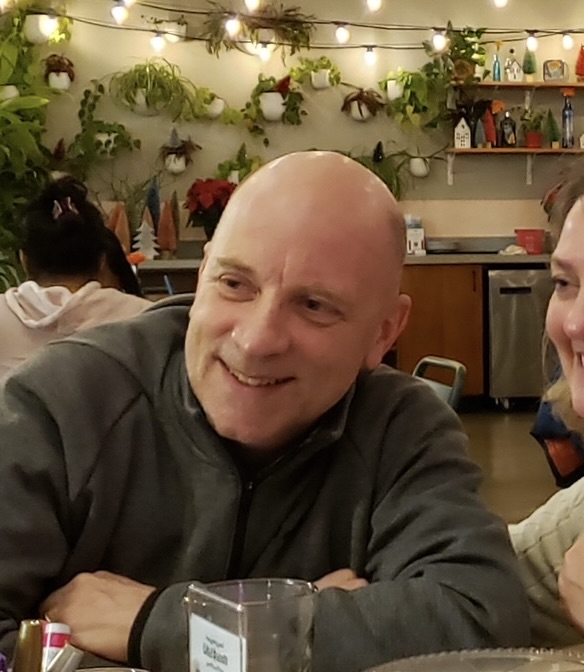
Trip to Philly and Cable-Tec Expo
Posted by Jonathan Tombes on Sep 30, 2016This year’s trip to Cable-Tec Expo required no planes, only trains and automobiles. Trip summary: Car ride to/from the Amtrak station, trains between Richmond and Philly, and uber to/from the hotel.
There for less than 48 hours, I still had enough time to connect with friends and clients and make some new connections. The floor included not only booths, but also (much in the style of the newly defunct INTX event) meeting rooms and an “Innovation Theatre” – the latter MC’ed by PR pro Brian Baumley, who seemed very much at home on stage. (I guessed correctly: it turns out he has done a lot of stand-up comedy.)
From the show floor, trade pubs and workshops, I spotted a few themes. There was wireless, both home-grown WiFi and the 5G “frenemy.” Interest in distributed access architectures also continues to grow. Then there’s perennial favorite, DOCSIS, especially DOCSIS 3.1 and the upcoming “Full Duplex” extension. It’s a popular acronym, showing up in some 12 Cable-Tec Expo workshop papers. Notably, relative newcomers SDN and NFV were the focus of six papers. Energy efficiency—a major SCTE initiative—and data analytics also got air time.
The event itself drew more than 10,000 attendees and nearly 400 exhibitors, up from last year’s gathering in New Orleans, but not surprisingly so.
Philly Business Cycles
Philadelphia has become a cable tech hub on account of Comcast, headquartered in the city’s tallest building since 2008. But the city holds reminders of previous business cycles. A century ago, when City Hall (see photo) set the new record on height, railroads were big. Reading Railroad originally filled the massive Terminal Commerce Building in the 1930s, but for the past 20 years it has served as a colocation hotel.
For its part, the cable industry is proving resilient. Next year Comcast will complete another (even taller) building, the Comcast Innovation and Technology Center. Meanwhile, wireless, over-the-top and other competitors are gunning for their own leading positions. Regulators are shaping this landscape, too. Looking at these skyscrapers, one wonders: Who will occupy them in another fifty or hundred years?


